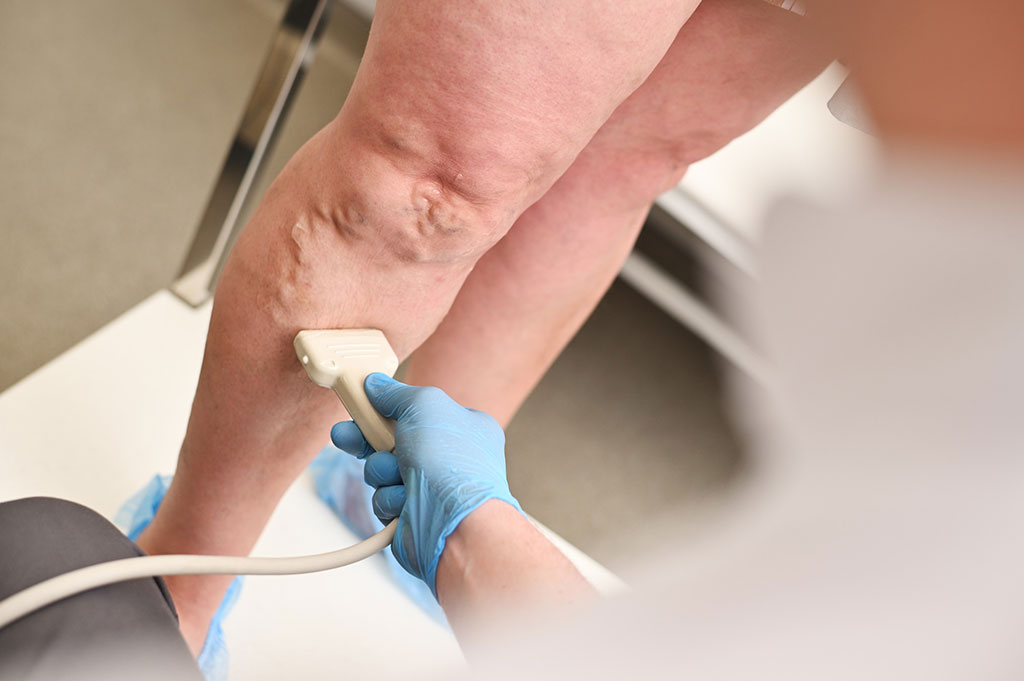POC Ultrasound Scans to Diagnose Deep Vein Thrombosis in ER Patients Halve Hospital Stay
Posted on 19 Sep 2023
Deep vein thrombosis (DVT) is a blood clot that forms in a vein, usually in the leg, and is frequently seen in patients arriving in emergency departments. The more time a patient spends in the ER, the higher their chances of dying or experiencing other complications. The standard way to diagnose DVT is through an ultrasound, typically carried out by radiographers or radiologists. Treatments usually involve anticoagulants, also known as "blood thinners," to prevent the clot from growing or breaking away and causing potentially fatal issues, like traveling to the lungs. New research indicates that if ER doctors are skilled in ultrasound techniques, they can significantly reduce the time patients suspected of DVD spend in emergency departments.
The findings of a prospective study carried out at Tampere University Hospital (Tampere, Finland) and Kuopio University Hospital (Kuopio, Finland) suggest that training ER physicians to conduct ultrasound scans could relieve overcrowding in emergency departments and help save lives by speeding up treatment. Prior research by the same team had demonstrated that when general practitioners in primary care settings were trained in ultrasound for suspected DVT cases, fewer patients were sent to emergency departments, thereby easing crowding and reducing costs. This led the researchers to investigate if emergency doctors conducting the ultrasounds themselves would also reduce patients' ER stay times.

During the period between October 2017 and October 2019, 93 patients suspected of having DVT were enrolled in the prospective study carried out in the two hospitals. They were included in the study if an ER doctor, trained in ultrasound, examined them and performed what's known as a "point-of-care ultrasound" (POCUS). POCUS can be conducted right at the patient's bedside in the ER or even in other locations like ambulances or disaster scenes. The doctor had the option to refer the patient for a standard ultrasound scan in the hospital's imaging department if they deemed it necessary.
The researchers later compared these results to a control group of 135 patients, who also came to the ER with suspected DVT but were sent to the imaging departments for their ultrasounds. They found a notable difference in ER stay times: patients who underwent the traditional ultrasound method stayed in the ER for an average of 4.51 hours, while those who received POCUS stayed for an average of 2.34 hours—a time reduction of 2.16 hours. Plans are now in place to see if this time-saving approach can be applied to other conditions, like gallstones, in future studies.
“The crowding in emergency departments is an increasing threat to patient safety as well as staff wellbeing. Using point-of-care ultrasound is one way of tackling this threat by reducing an unnecessary delay in decision making,” said Dr. Ossi Hannula, an emergency medicine specialist who conducted the study.
Related Links:
Tampere University Hospital
Kuopio University Hospital














